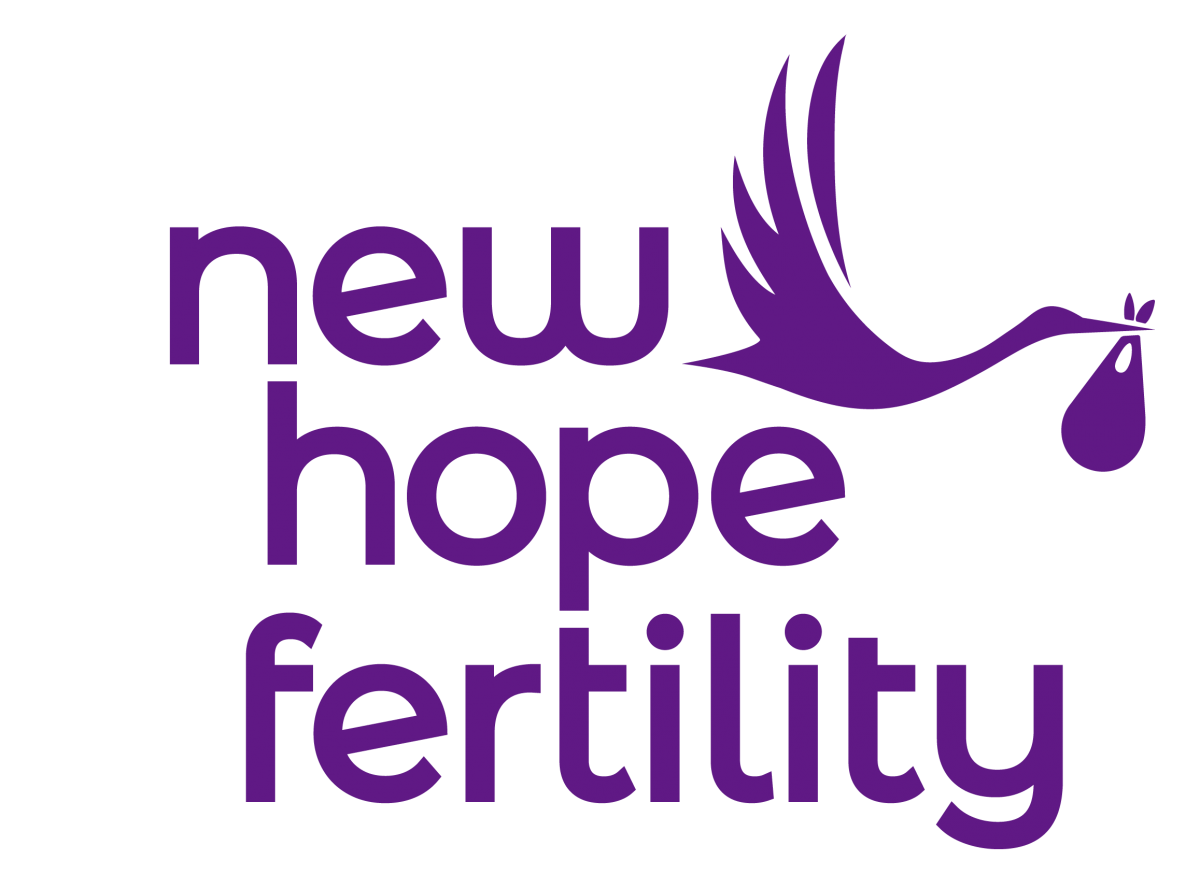A story was recently released by the Mirror regarding a 51-year-old woman who is now pregnant with her seventh child. Kimberly Chasteen has had her tubes tied twice and is now pregnant after a successful IVF cycle. She thought that she was done with having children, but when she met her third partner she realized that she wanted to add to her family. We thought this was a great example of how pregnancy is still possible after tubal litigation with IVF!
Tubal Ligation and Pregnancy
Tubal litigation is a process in which your fallopian tubes are either sealed or blocked off to prevent the eggs from leaving your ovary. This in turn prevents the possibility of sperm fertilizing the egg and stopping pregnancy. Tubal litigation and its reversal can lead to tissue scarring, and unfortunately, there isn’t always a guarantee that, if a reversal is performed, the fallopian tube will reform correctly, It is also important to note that most tubal reversals are paid out of pocket and that most insurances don’t cover them.
Because of this, some patients still need the help of an IVF cycle even after their reversal. This is especially true for patients over 40. With IVF you are able to have a physician bypass the fallopian tube completely. It is possible to have your eggs retrieved, fertilized in the lab, and transferred without the use of working fallopian tubes.
Reversal vs IVF
In Kimberly’s case, she decided to go through an IVF cycle along with a tubal reversal.
Kimberly was advised by her physician that because of her age, her eggs might not be of high quality. She was told that her chances of getting pregnant were fairly low. Because of this she eventually decided to go the route of using an egg donor. Using an egg donor can often increase your chances of success dramatically, especially for those over 42.
Statistics to Consider:
- Women who are over 40 have a 20-30% success rate for tubal reattachment.
- Ectopic pregnancies occur in roughly 1-2% of pregnancies. In women who have had a tubal reversal done, the odds increase to as high as 4-8%.
- The rate of chromosomal abnormalities in eggs and embryos increases significantly with advancing female age. At age 30 about 30% of eggs are chromosomally abnormal. By age 40 about 60% are abnormal and by 44 years old 90% are abnormal.
- IVF Age 40: Live birth rate of 16% with own eggs.
- IVF Age 43: Live birth rate of 5% with own eggs.
- IVF Age over 44: Live birth rate of 1% with own eggs.
- In general, the success rate of donor egg IVF is around 52%.
It’s important to note that age does have a direct impact on your fertility, whether or not you have had a tubal ligation. Many women above 40 need IVF to conceive either way due to a decreased ovarian reserve and lower egg quality.
Final thoughts…
We wanted to highlight this story because it emphasizes a few things. First, if you have had tubal litigation, it does not mean that you can’t start a family. It’s merely a roadblock. Second, dependent on age, IVF may be a better solution than a reversal. It is important to speak with your physician about all of your options before deciding on treatment. For Kimberly, her main hurdles were her egg quality, and her fallopian tubes, not her physical ability to carry a baby.
Why New Hope?
New Hope Fertility Center is home to world-renowned fertility specialists. We custom design fertility treatments for the individual to increase the chances of a successful pregnancy. Our specialists believe in putting the patient first and being with them through every step of the fertility journey. Our team is well versed in helping women of all ages reach their fertility goals and we are passionate about educating, and supporting our patients throughout their journey. If you want compassionate fertility care, New Hope is the right place for you. Call us at (347) 970-8479 or schedule your initial consultation today!

